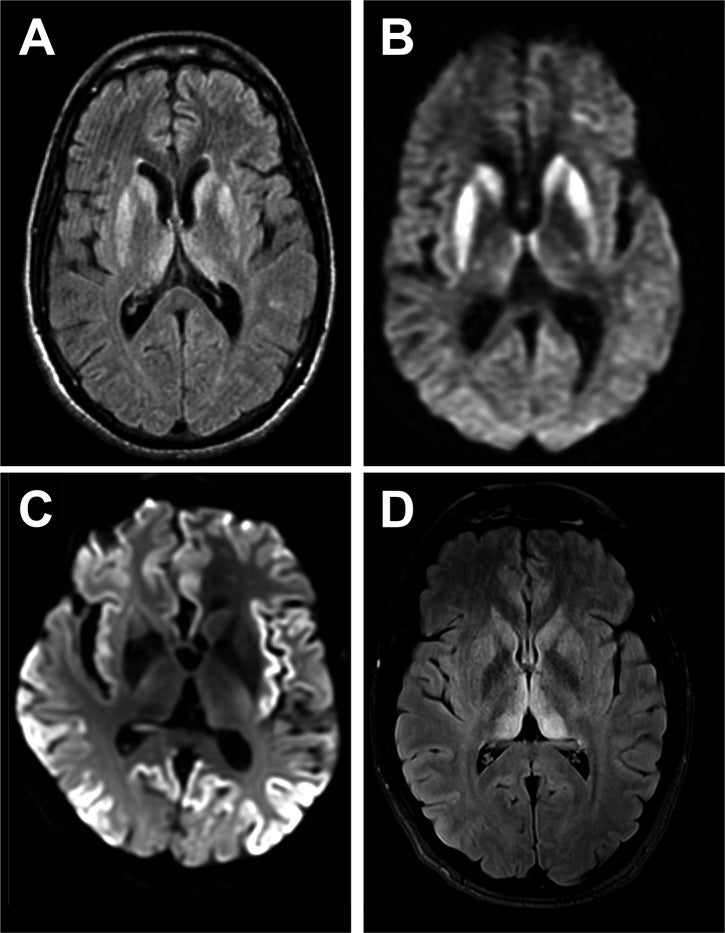
Two people are believed to have died of a rare, incurable brain disease within months of each other in a single Oregon county.
Health officials said in a recent statement that three cases of Creutzfeldt-Jakob Disease have been found in Hood River County, 70 miles east of Portland, in the past eight months.
Two of the cases resulted in death, according to The Oregonian. One of the cases was confirmed by autopsy, while two are presumptive diagnoses, the newspaper said.
It is not known whether the cases are linked, the Hood River County Health Department said Friday.
Health officials said that while the risk to the public remains “extremely low” they are monitoring the situation closely.
“We’re trying to look at any common risk factors that might link these cases,” Hood River County Health Department director Trish Elliot told the outlet. “But it’s pretty hard in some cases to come up with what the real cause is.”

Elliot said the only way to confirm the disease is to test the brain and spinal fluid after death. The results of those tests can take months to establish.
The Independent has contacted the Hood River County Health Department for more information.
Creutzfeldt-Jakob causes rapidly intensifying symptoms that present movement disorders and behavioral changes, similar to Alzheimer's.
The rare and deadly disorder is caused by infectious proteins called prions, which can cause small holes in the brain that resemble sponges under a microscope.
There is currently no treatment or cure. Deaths typically occur 12 months after infection.
According to the Centers for Disease Control and Prevention, approximately 500 to 600 new cases occur in the U.S. each year. Most cases are believed to be hereditary, linked to a genetic mutation passed on from a parent.
The disease cannot be spread from person to person except through organ or tissue transplants or other exposure to infected brain or nervous tissue.
In rare cases, Variant Creutzfeldt-Jakob Disease is linked to eating infected beef from cows with a related disease.
Elliott said the three Hood River cases are not believed to be related to infected cattle.







